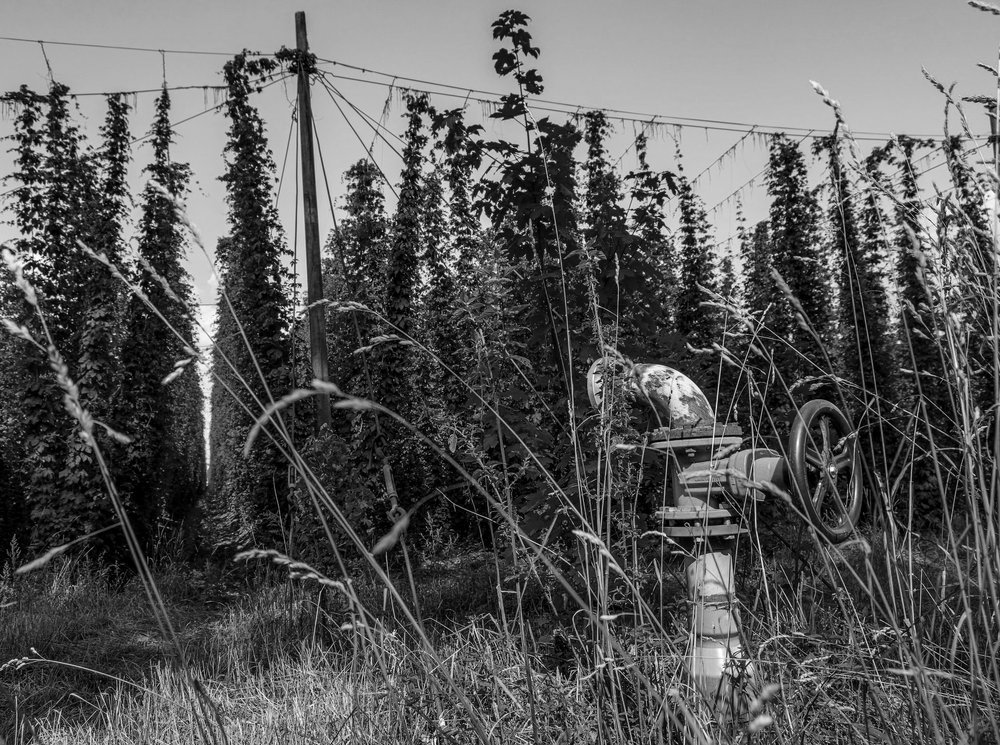Hopstacle Course: 2022 Hop Crop
The 2022 hop crop year was a mixed bag for hop growers in North America and Europe, with varying results in terms of quality, availability, and future implications. In this article, we'll delve into the key aspects of the 2022 crop year for both regions and explore what it could mean for the hop industry going forward.
North America: Resilience Amidst Challenges
In North America, the 2022 hop crop year proved to be a test of resilience for growers, as they faced various challenges such as climate change, extreme weather conditions, and labor shortages. Despite these obstacles, the overall quality of hops produced was very high. The underdeveloped foliage due to the wet spring made for a quick harvest of the aroma varieties, with the plant producing punchier cones.
The wet spring also mitigated fires, which prevented prevalent smoke taint.
The Pacific Northwest, (specifically Oregon, Idaho and Washington) managed to deliver a good-quality crop despite weather-related challenges.
However, the impact of climate change and the unpredictability of weather patterns raised concerns for the future of hop production in North America. The 2022 crop year emphasized the need for growers to adapt to changing conditions, invest in water management, and diversify hop varieties to ensure long-term sustainability.
Europe: Coping with Adversity
The 2022 hop crop year in Europe faced its own set of difficulties, including unfavorable weather conditions and the ongoing effects of climate change. Many European hop-growing regions, particularly in Germany and the Czech Republic, experienced challenges such as excessive rain, hail, and drought, which adversely affected hop yields and quality.
In some cases, these conditions led to a reduced supply of certain hop varieties, resulting in higher prices and limited availability. The situation underscored the importance of exploring alternative hop sources and varieties to maintain a stable supply in the face of unpredictable weather patterns.
Despite these challenges, European hop growers demonstrated adaptability and resilience, making the most of the situation by focusing on improving cultivation techniques, water management, and sustainable farming practices to mitigate the impact of climate change on future crops.
Looking Ahead: The Future of Hop Production
The 2022 hop crop year in North America and Europe served as a reminder of the importance of adaptability and innovation in the face of ongoing challenges. As climate change continues to impact the hop industry, growers must prioritize sustainable farming practices and diversify their offerings to ensure the long-term viability of their crops.
HBC (Hop Breeding Company) and other breeders are looking to produce varieties that are more stable, and resilient to climate change.
For brewers, this means staying informed about the state of the hop industry, securing hop contracts early to mitigate risks, and being open to exploring new hop varieties and sources. As the industry adapts to a changing landscape, collaboration and proactive planning will be crucial to ensure a steady supply of quality hops for the future.


